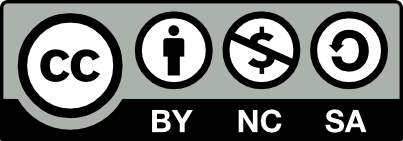Report
![[Laser cut and engrave] Wooden Laser Engraved Binary Nerd Dice](https://storage-us.atomm.com/resource/xart/result/356669/d7262b2f-bacc-4869-907b-dce5990ce817.png?x-oss-process=image/resize,w_1200,h_900,limit_0/interlace,1/format,webp/auto-orient,1)
Wooden Laser Engraved Binary Nerd Dice
BinaryDice
.xcs
Application scenario
Laser processing
Machine & module
xTool F1
2W, 10WMaterial used
Dice 30x30mm
2
235
Information
This dice is where geek culture meets game night. Instead of traditional dots, each face is engraved with the binary representation of the numbers 1 through 6. That means when you roll, you’re not just getting a result – you’re also practicing how to read numbers in base 2.
To make sure nobody gets lost in translation, we’ve added a small 0b marker at the beginning of every code. This is the same prefix programmers use in many coding languages to indicate a binary number. By following the 0b, you’ll always know which direction to read the sequence, ensuring that your dice stays consistent and unambiguous.
The result is both playful and educational: a fully functional dice that can be used in any board game, while also doubling as a clever way to introduce binary numbers to friends, kids, or anyone curious about how computers count. Whether you’re a programmer, a gamer, or just a fan of nerdy gadgets, this dice is a fun conversation starter and a unique twist on a timeless game accessory.
Instruction
1
Step1: Prepare your dice
Use a blank wooden dice as the base. Sand it lightly if necessary to ensure a smooth engraving surface.
2
Step2: Load the design file
Open the binary engraving template in your laser software.
3
Step3: Test the Parameters
Check if the parameters fit the wood your dice is made of.
4
Step4: Understand the binary layout
- The prefix
0bis engraved at the start of each sequence. - Always read the digits from the side where the
0bappears – this ensures the binary code is oriented correctly.
- 0b001 - 1
- 0b010 - 2
- 0b011 - 3
- 0b100 - 4
- 0b101 - 5
- 0b110 - 6
5
Step5: Engrave the dice
Make sure to engrave the correct layout. The 6 is oposite of the 1, the 3 oposite of the 4 and so on.
6
Step6: Finish
Optionally, add a coat of clear finish or wax to protect the engravings and give the dice a polished look.
Comments

